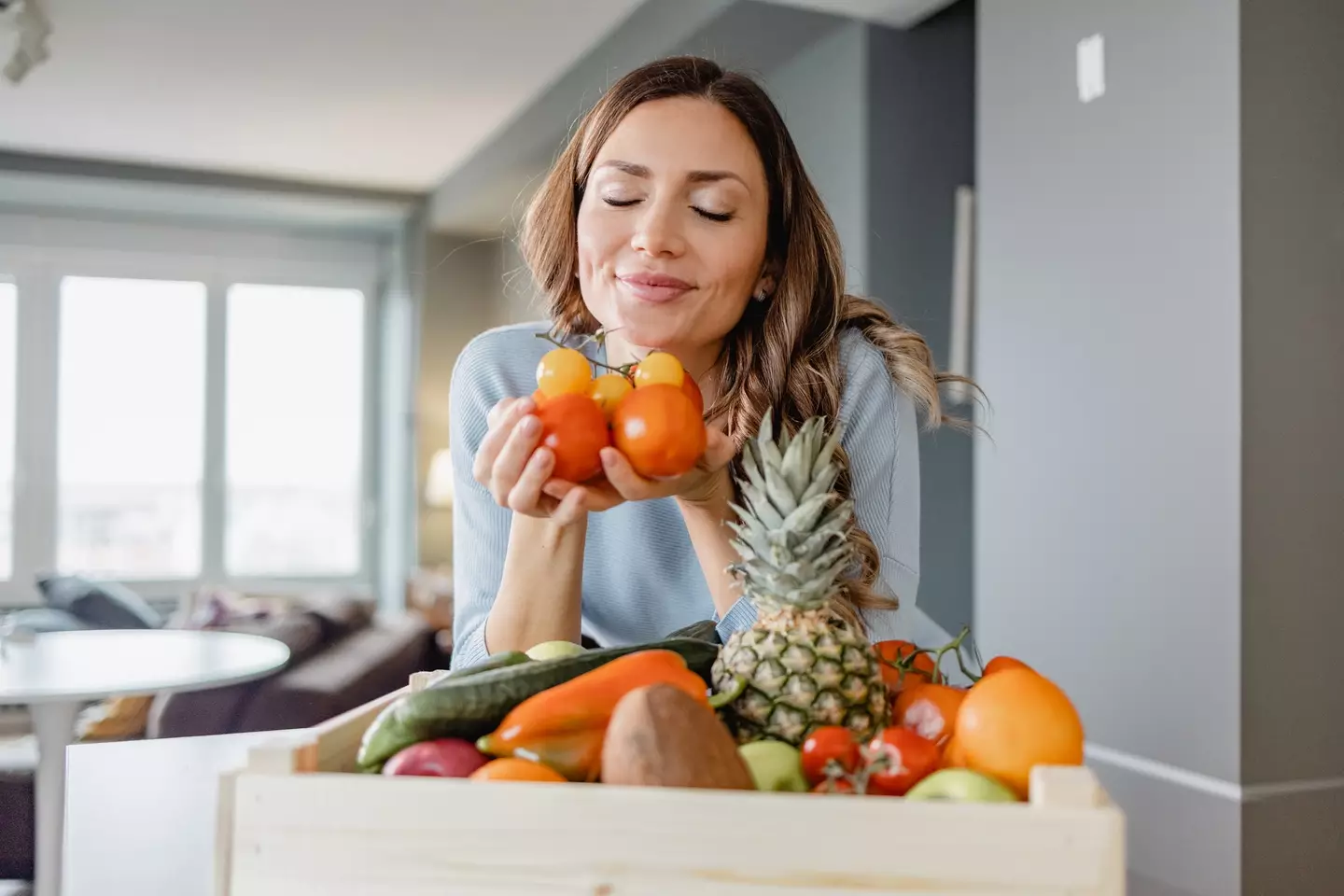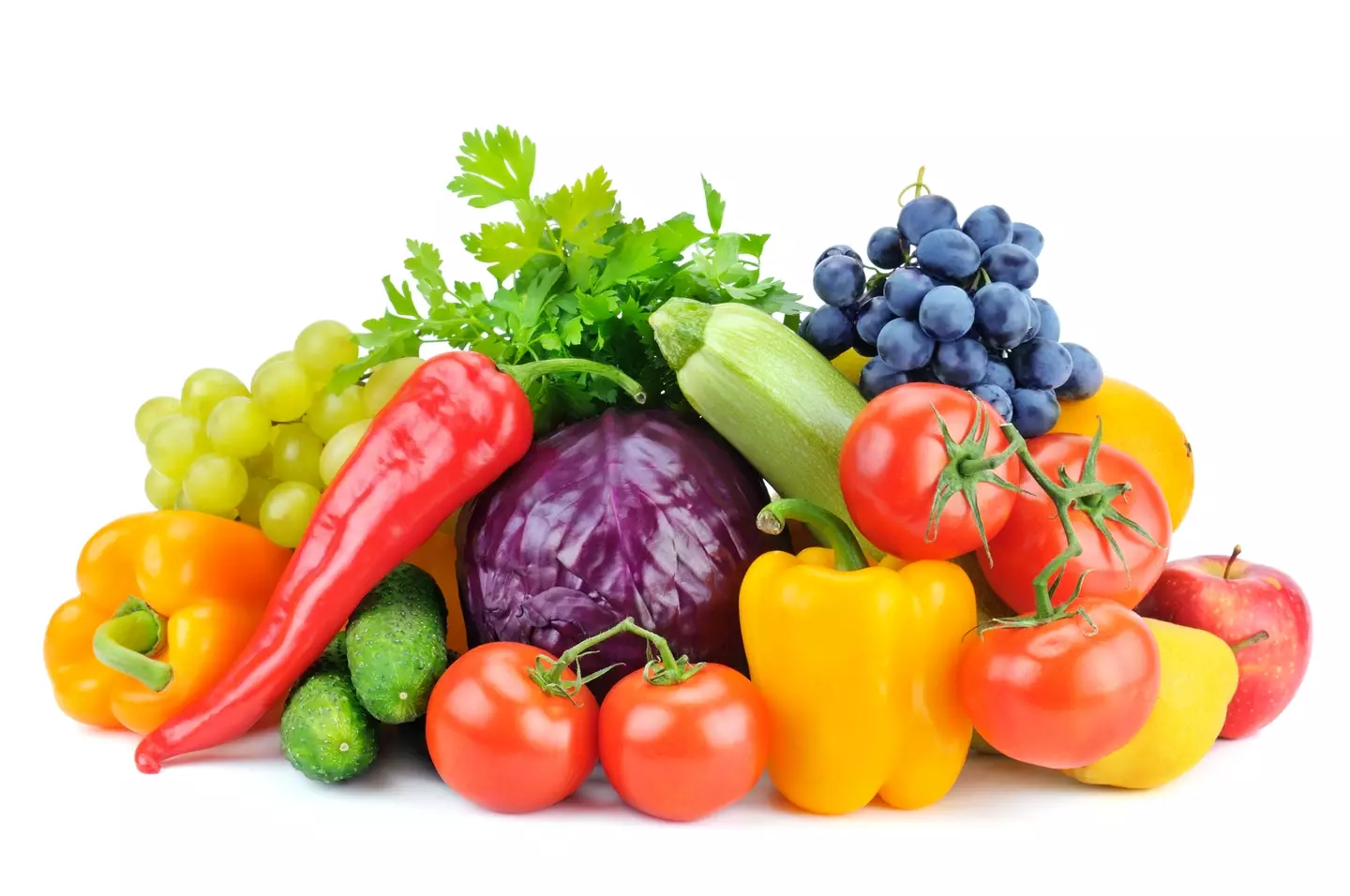
Eating your greens might be the first food-related instruction you remember getting, and for good reason – vegetables are incredibly good for us. Along with their generally-sweeter cousins in fruit, they’re packed with vitamins, minerals, antioxidants and fibre that can supercharge your diet and help to protect you against deficiencies and illness.
In the immediate term, fruit and veg support the immune system, aid digestion, give you a greater sense of satiety, and pack your body with the nutrients it needs to function optimally.

Over the long term, the antioxidants will help your body to fend off cancer-causing free radicals, and your general physical and mental health will benefit from all that regular high-quality nutrition.
Advert
Of course, you need other things in your diet too, like efficient protein sources, healthy fats, and carbohydrates, but if fruit and vegetables are forming the backbone of your diet then you’re on the right track.
“Consuming the daily recommended amount of vegetables ensures you receive the vitamins, minerals, and antioxidants for good health—[reducing the] risk of chronic diseases and [improving] wellbeing,” said dietitian Sue-Ellen Anderson-Hayes, speaking with Real Simple.
So, how much fruit and veg do we need each day?
“The amount of vegetables you should eat depends on many factors such as your sex, age, [and] physical activity,” Anderson-Hayes continued. “In general, adults should aim to consume about two to three cups of vegetables per day. A rule of thumb is to make half your plate veggies — this way you will meet or exceed that recommendation.”
Advert
That’s a great rule to follow for a few reasons. For one, it will likely increase the amount of vegetables you’re eating relative to the rest of your diet. Because vegetables are highly fibrous, it will also aid with satiety. In other words, a veg-laden lunch or dinner should keep you feeling fuller for longer and help to curb snacking.
The old rule of a five-a-day is still worth following, too. It’s also recommended that each of those five portions has a different colour, as that will typically mean you’re getting a wider variety of nutrients. For example, a banana, strawberries, broccoli, cauliflower and sweet potato would be a great combination of fruits and vegetables across a day.
However, when it comes to getting the right amount, it seems a lot of adults struggle.
“Currently, only 1 in 10 adults are meeting the daily fruit and vegetable recommendations according to the CDC,” added Anderson-Hayes, referring to the US Centers for Disease Control.
Advert

It’s well within our interests to increase our vegetable intake, not only from a general health perspective but also in terms of ageing gracefully.
Anderson-Hayes explained: “Consuming vegetables daily not only gives you an outer glow but inner glow as well: allowing maintenance of a healthy gut microbiome, reducing risk of inflammation, supporting a healthy weight, satiety, bowel regularity, and providing [heart] disease risk reduction.”
In other words, you aren’t really your best self until you’re eating lots of veggies, so get to it!
